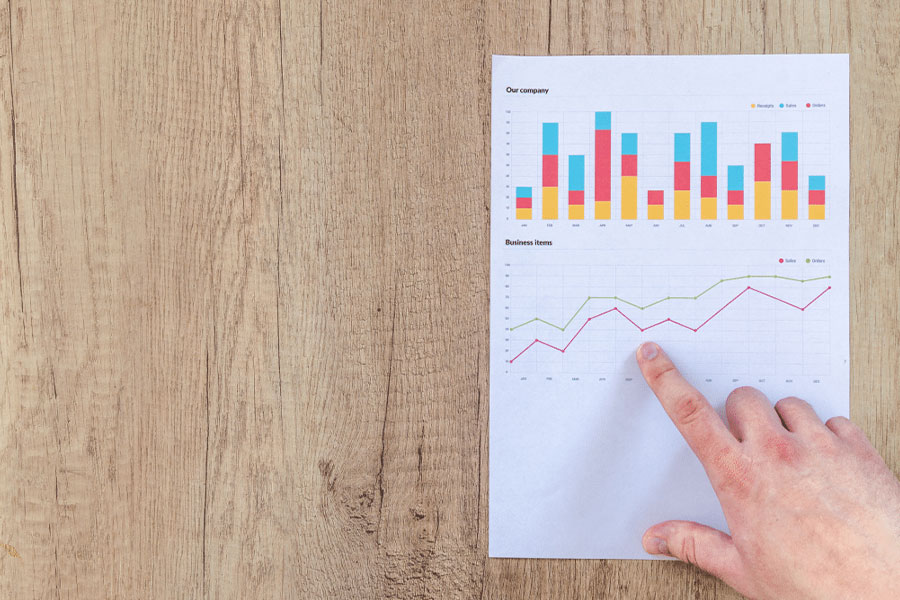The term ‘fraud’ frightens even the most seasoned business professionals. According to the ACCC, average invoice fraud losses in Australia are more than five times greater than average losses in the same period last year. That should make any small business concerned, especially given that Australian firms reported over $14 million in losses due to payment redirection frauds in 2020.
Trendsight is more than pleased to assist you in protecting your business by increasing awareness of these invoice fraud scams and offering helpful tips on how to prevent invoice fraud.
What is Invoice Fraud?
Invoice fraud is an illegal behavior in which criminals reroute payment of your outstanding invoices to their personal bank account details by impersonating your firm or employees, or even a supplier or vendor. Payment redirection schemes are the most prevalent type of fake invoice fraud. These payment redirection scams are audacious, and the crooks are merciless, demanding that money owing to you be put into a bogus account.
Who is prone to invoice fraud?
If you believe that fraudsters only target large corporations, think twice. Invoice fraud affects businesses of all sizes and across all industries. Scammers typically target junior-level or new business workers or volunteers who are inexperienced with accounting and bookkeeping services.
What causes invoice fraud?
Fraudsters are both devious and opportunistic. They are frequently aware of how the method between you and your supplier or you and your client evolves — even the due date of monthly payments.
Invoices are frequently delivered by email, and individuals who conduct invoice frauds take advantage of this. Email addresses are simple to forge. If your company has poor cyber security or a machine infected with malware, attackers can gain access to your legitimate email accounts.
How can you prevent invoice fraud?
We’ve developed a list of things you can do to avoid invoicing frauds affecting your bank account and bottom line:
Use a strong invoicing system.
Consider how you may better manage your bookkeeping to put up a comprehensive invoicing method, including utilising a professional invoice, if your firm is a one-person show and quickly mailing invoices for collection.
Audit your finances regularly.
Recovering payments lost to invoice fraud is made harder by how rapidly criminals transfer funds around. By keeping an eye on your business finances, you may assist uncover any possible losses or flaws in your invoicing system.
Inform clients and employees of payment redirection schemes.
Knowledge is the best defence. Teach your clients, suppliers, and employees about fraud and how to spot it.
- Never hurry a payment – scammers thrive on creating a sense of urgency in order to persuade your clients to pay up right away.
- Always request that your clients personally confirm any request to modify payment details using a trusted contact phone number of yours; do the same for your suppliers.
- Educate all of your employees on your processes and how to spot any questionable emails or phone calls.
Invest in Cyber Security
Consider the expense of not having your company emails protected by harmful software if you have disregarded cyber protection for budgetary reasons.
Use 3-Way Matching
You are considerably less likely to pay a false invoice if you can connect each invoice to a purchase order and receipt of items. Most con artists will not bother creating three distinct papers.
Use 3-Way Matching
You are considerably less likely to pay a false invoice if you can connect each invoice to a purchase order and receipt of items. Most con artists will not bother creating three distinct papers.
Maintain Morale
Invoice fraud can arise both inside and outside of the firm. Happy employees are less likely to perpetrate fraud and are more likely to detect it from outside sources. If people have no cause to complain, they are more inclined to care about doing the right thing by the organisation.
Inspect Vendors
Fraudulent invoices are often made under fictitious business names or with a genuine name but a fictitious address or bank account number. You should look up any new sellers to ensure they’re real and locate their address on Google Maps. A home or post-office box address is a major warning flag. Also, if your existing vendors’ account information changes, contact them immediately.
Inspect Vendors
One method of committing invoice fraud is to submit a near-perfect replica of a real invoice and hope no one notices one payment is going to a different account number. They may also modify the date, invoice number, or amount. To catch near-duplicates as well as identical invoices, you’ll need a programme that allows “fuzzy matching.”
Use Automation
Automation in the Accounting department provides you with the tools you need to more successfully apply all of the other fraud prevention measures. It is most likely the single most significant measure you can take to prevent invoice fraud.
Trendsight can be used for accounting and bookkeeping services to avoid false invoice fraud and keep your business safe. We will organise your books so that you always know what is going on with your company. Trendsight can submit and pay your invoices for you and help make sure you get paid on time.





